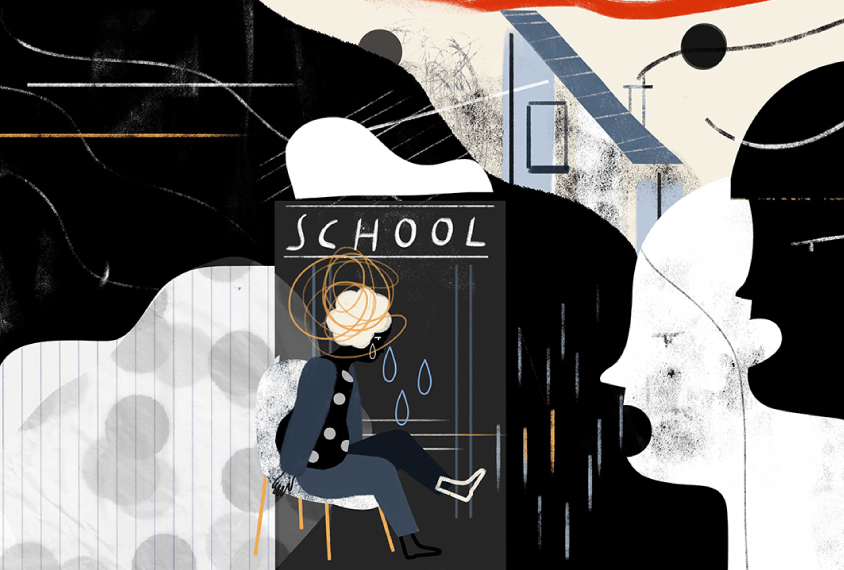How people with autism forge friendships
Most autistic people want to and can make friends, though their relationships often have a distinctive air.

Most autistic people want to and can make friends, though their relationships often have a distinctive air.

People with autism may have patterns of brain activity that are similar to those in typical people when interpreting social interactions.

Many people with autism experience a triad of trauma: neglect at home, abuse from trusted adults and bullying at school or work.

The drug popularly known as ecstasy may boost sociability through brain circuits distinct from that underlying its ‘high.’

Neurons in mice that lack an autism gene called CNTNAP2 do not differentiate well between social and nonsocial smells — an issue that seems to stem from haphazard neuronal firing.

Autism is unusually common among people with congenital blindness, in part because the ability to see drives much of brain development.

Rats missing UBE3A, the gene mutated in people with Angelman syndrome, squeak frequently but tend not to be responsive to the play and squeaks of other rats.

Delivery by cesarean section leads to subtle brain and behavioral alterations in mice, particularly those delivered prematurely.

A single seizure early in life leads to enduring behavioral problems, including diminished sociability, in mice.

A new autism mouse model carries the same mutation in a gene called ADNP that is seen in autistic people.